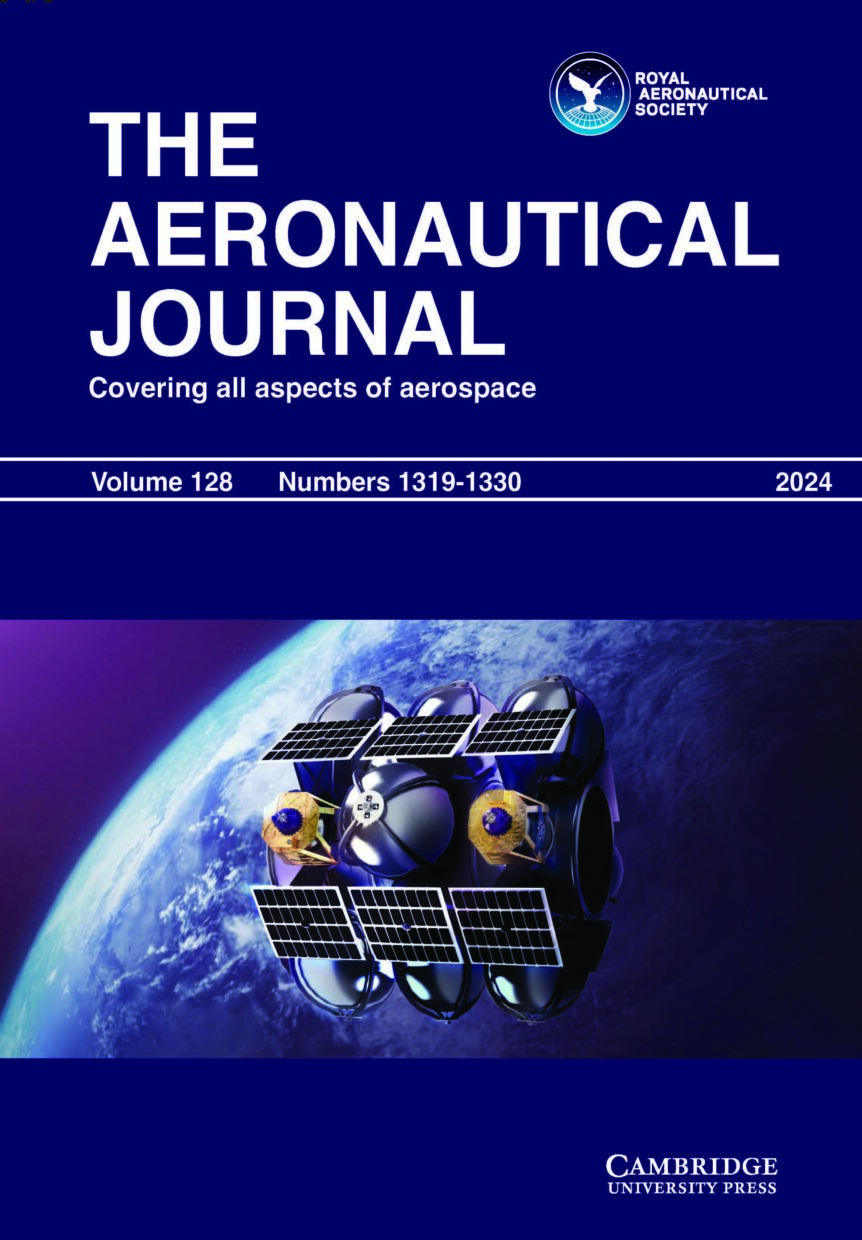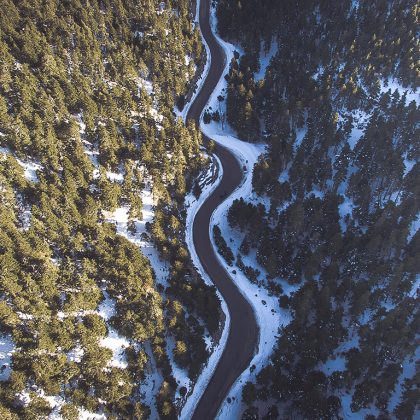New research to improve aerial firefighting: flight performance analysis of aerial firefighting
The Aeronautical Journal September 2024 Vol 128 No 1327
Featured image description: close-up Type-II air tanker (Canadair CL-415, I-DPCD) firefighting operation from Genova (Italy) to Pisa (Italy), 19 July 2022. Elaborated with FlightRadar 24 and Google Earth Pro. Yellow lines indicate flight tracks. Red dot indicates position of water drop; blue drop is the water refill point (approximate). Fire is in the hills west of the town of Viareggio (red area).
Forest fires present several challenges for aviation services. There is evidence that fires are increasing in frequency, geographic extent and threat to infrastructure and people. Some of these fires are natural, due to change in climate conditions, and others are man-made.
Fighting fires is increasingly carried out from the air by using a variety of assets due to accessibility, extent of the fires and urgency. Fires now affect regions of the world that are not associated to extreme heat waves, including Alaska, northern Canada, arctic Russia and Siberia.
The firefighting fleet is made of fixed-wing aircraft and helicopters, most of which are converted from other uses (for example, Lockheed C-130). Fixed-wing aircraft fleets are made up of an array of very large tankers (DC-10), air-tactical aircraft (OV-10A) and amphibian vehicles (CL-415), among other types. Rotary-wing aircraft include the full array of converted military vehicles (UH-1), and crane helicopters (Sikorsky S-64). Operations are always risky and may involve the loss of crew members.
There is a very limited number of vehicles specifically designed for firefighting, for example the Canadair CL-415, whose future has been secured due to its special performance characteristics. This paper reviews the role and performance of most of the vehicles available today; it makes an assessment on response time, drop of retardants, cycles and overall cost.

There is a very limited number of vehicles specifically designed for firefighting, for example the Canadair CL-415, whose future has been secured due to its special performance characteristics. This paper reviews the role and performance of most of the vehicles available today; it makes an assessment on response time, drop of retardants, cycles and overall cost.
However, a novel aspect of this investigation is the analysis of flight tracking data. ADS-B flight data have been collected and analysed for several vehicles and fire incidents across a few regions of the world (Canada, Italy). Flight tracks indicate patterns of cycles, duration, speeds, altitudes (including descent to refill) and returning to base. The data can be used to learn about performance, effectiveness of firefighting techniques (including drop of retardants) and direct operating costs.
As we learn from the emergency of firefighting, new aircraft designs may emerge in the coming years to further improve our response, including unmanned systems that reduce risks of flying in demanding area with high levels of heat, turbulence, convective winds created by flames, poor visibility created by smoke and uneven terrain (fires in hilly and mountainous areas).
Flight performance analysis of aerial firefighting by A. Struminska, and A. Filippone. This open access paper appears in The Aeronautical Journal.

The Royal Aeronautical Society is the world’s only professional body dedicated to the entire aerospace community. Established in 1866 to further the art, science and engineering of aeronautics, the Society has been at the forefront of developments ever since.
Lastly, book reviews covering academic, scientific and technical books covering aeronautical engineering and topics relating to it can be found here: www.aerosociety.com/news-expertise/national-aerospace-library/book-reviews






